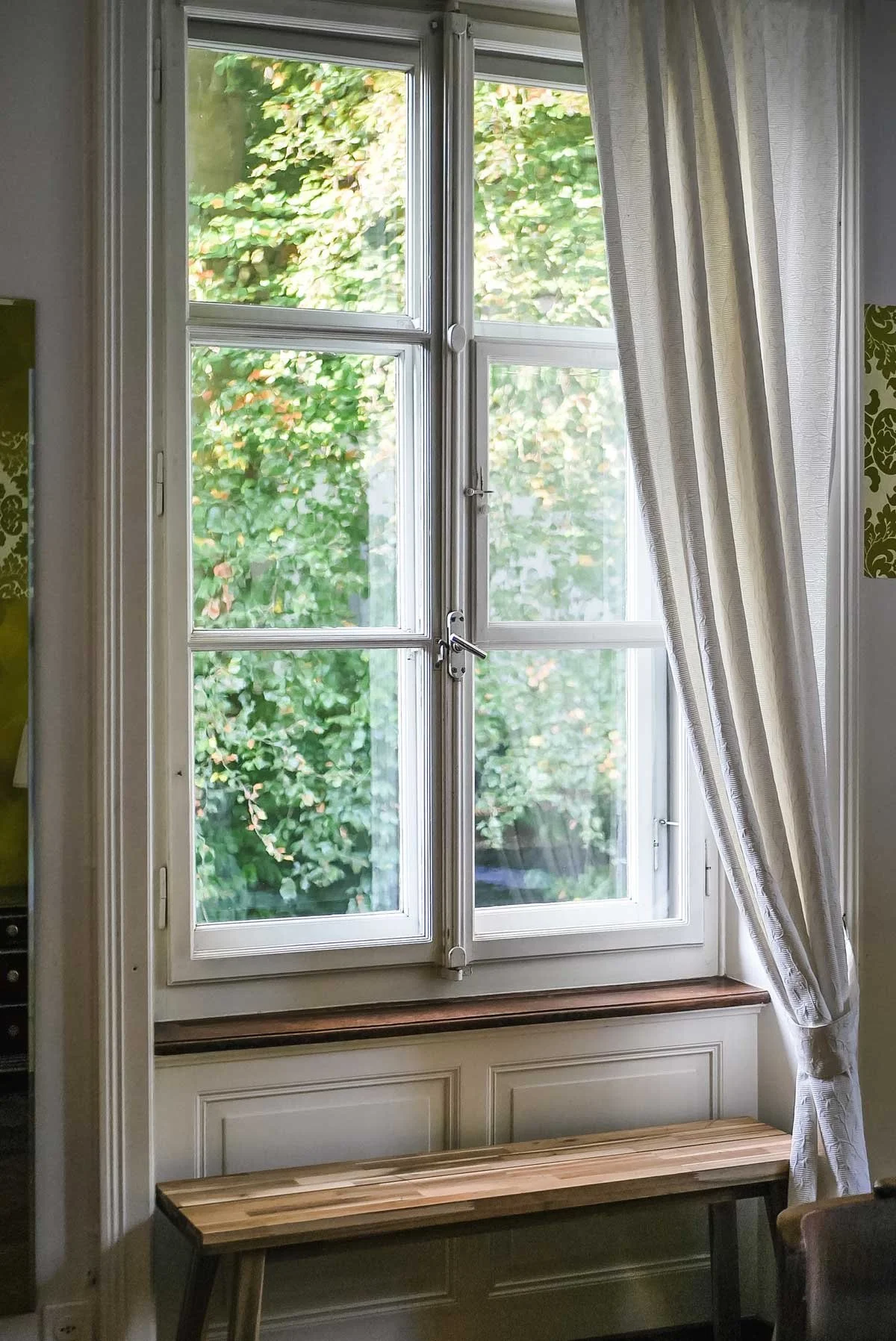Utilising Curtains and Blinds to Combat Insomnia: A Comprehensive Guide
Insomnia, a common sleep disorder, affects millions of individuals worldwide. Characterised by difficulty falling asleep, staying asleep, or experiencing non-restorative sleep, it can have a detrimental impact on overall well-being and quality of life. While there are various strategies to address insomnia, one often overlooked aspect is the role of our sleep environment.
In this article, we will explore how the effective use of curtains and blinds can significantly contribute to overcoming insomnia and achieving a good night's sleep.
Understanding Insomnia
Insomnia is a multifaceted condition influenced by a range of factors, including stress, anxiety, poor sleep habits, medical conditions, and environmental disruptions. Inadequate control of external light sources can disrupt our circadian rhythm, the internal process that regulates the sleep-wake cycle. Exposure to excessive light at inappropriate times can interfere with melatonin production, a hormone that promotes sleepiness. This disruption can lead to difficulty falling asleep or waking up during the night.
The Role of Curtains and Blinds in Promoting Sleep
Curtains and blinds serve a dual purpose when it comes to combating insomnia. Firstly, they block out unwanted external light sources, creating a dark and soothing environment conducive to sleep. Secondly, they provide privacy, helping to create a secure and comfortable space for rest. By effectively utilising curtains and blinds, individuals can optimise their sleep environment and increase their chances of achieving a restful night's sleep.
Choosing the Right Curtains and Blinds
Light-blocking curtains: Opt for curtains made from thick, opaque fabrics such as velvet, suede, or blackout materials. These fabrics have light-blocking properties that significantly reduce external light penetration.
Blinds: Consider installing blinds that have adjustable slats, such as Venetian blinds or roller blinds. This allows you to control the amount of light entering the room, providing flexibility to adapt to different lighting conditions.
Dual-purpose curtains: Some curtains combine light-blocking properties with thermal insulation, reducing noise and temperature fluctuations. These additional features can enhance the overall sleep environment.
Color selection: Choose curtains and blinds in darker shades to enhance light-blocking capabilities. Darker colors absorb more light, preventing it from seeping into the room.
Proper Installation and Setup:
Full coverage: Ensure that curtains or blinds cover the entire window, leaving no gaps for light to enter. Use curtain rods that extend beyond the window frame to maximise coverage.
Layering: For enhanced light-blocking, consider layering curtains or combining curtains with blinds. This allows for increased flexibility in adjusting the light levels throughout the day.
Tiebacks or holdbacks: During the day, use tiebacks or holdbacks to gather and secure curtains or blinds, allowing natural light to enter the room. This helps maintain a balance between light exposure and darkness.
Consider room darkening liners: If you already have curtains that do not provide adequate light-blocking, consider using room darkening liners. These liners can be easily attached to existing curtains and significantly enhance their light-blocking capabilities.
Creating a Sleep-Friendly Environment
Consistent routine: Establish a regular sleep schedule by going to bed and waking up at the same time every day. This helps regulate the circadian rhythm, making it easier to fall asleep at night.
Reduce external noise: In addition to blocking out light, curtains and blinds can help reduce external noise. Consider selecting curtains with noise-reducing features or pair them with noise-cancelling devices to create a serene sleep environment.
Temperature control: Curtains and blinds also contribute to regulating the room temperature. Opt for insulated curtains or blinds with thermal properties, which can help keep the room cool in summer and retain warmth during colder months.
Minimise electronic devices: Eliminate or reduce the use of electronic devices, such as smartphones and tablets, before bedtime. The blue light emitted by these devices can disrupt the production of melatonin, making it harder to fall asleep.
Insomnia can have a profound impact on our overall well-being, but by addressing environmental factors, we can significantly improve our sleep quality. Curtains and blinds play a vital role in creating a sleep-friendly environment by blocking out external light sources and providing privacy. By choosing the right curtains and blinds, properly installing them, and creating a conducive sleep environment, individuals can optimise their chances of overcoming insomnia and achieving a restful night's sleep. Remember, a well-rested mind and body contribute to improved productivity, mental health, and overall quality of life.

